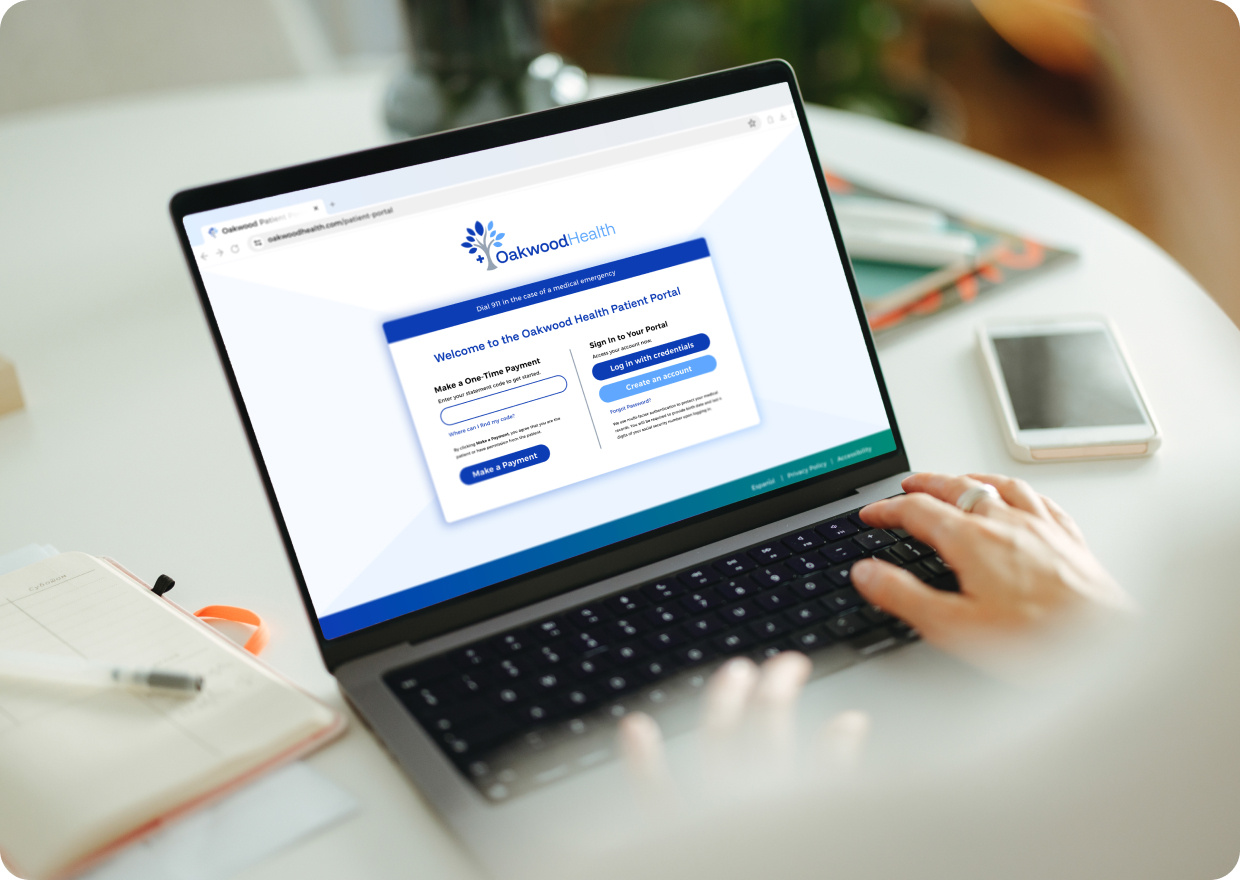While the first electronic medical record (EMR) system was developed by the Regenstrief Institute in 1972, electronic health records (EHRs) and patient portals would remain largely out of reach until the internet came along. The Cleveland Clinic is often credited as one of the first health systems in the U.S. to make a patient portal available with the launch of their MyChart system in 2001.
However, the Health Information Technology for Economic and Clinical Health (HITECH) Act of 2009 changed the game. By offering incentives for healthcare providers to adopt electronic health records (EHRs) and patient portals, HITECH fueled the adoption of digital technology for medical forms automation, patient registration systems and the delivery of patient education materials.
While it’s easy to focus on the technology, patient portals are ultimately about communication. With better patient-provider communication comes higher levels of patient engagement and health literacy. This blog will look at the link between communication and patient care and explore how the patient portal is a key component of health literacy systems.
How does poor communication affect patient care?
The link between patient-provider communication and the quality of patient care has been well documented. A study published in 2021 by the American Academy of Family Physicians sites three statistics that illustrate exactly what’s at stake.
- 60% of all hospital adverse events in the U.S. are linked to poor communication.
- 30% of malpractice cases are attributed to communication failures.
- 25% of hospital readmissions could be prevented with better communication.
 Clearly, better communication in the healthcare environment would enhance outcomes for patients and reduce risk for health systems. The reasons why are rooted in these three concepts.
Clearly, better communication in the healthcare environment would enhance outcomes for patients and reduce risk for health systems. The reasons why are rooted in these three concepts.
Patient Engagement Solutions
Tools like patient portals and mobile apps facilitate continuous communication, allowing patients to ask questions and receive timely responses from providers. Engaged patients, in turn, are more likely to follow treatment plans, attend follow-up appointments and take medications as prescribed. All of these things have a direct impact on health outcomes.
Patient Education Materials
Providing clear, accessible educational information helps patients understand their conditions and treatment options, leading to more informed decision-making. Educated, informed patients also feel more in control and less anxious about their health, which can improve overall outcomes.
Health Literacy Systems
Simplifying medical jargon and using plain language helps ensure that patients fully understand their health information. This goal lies at the center of the concept of health literacy. Patients with higher health literacy are empowered to better manage their own health, leading to improved self-care and fewer treatment complications.
Do patient portals create value for patients?
Patient portals do more than improve communication, health literacy and treatment outcomes. Healthcare organizations can also create value for patients by using patient portals to improve the accuracy of patient information and streamline myriad administrative processes. Both of these things lead to higher patient satisfaction and can positively influence Hospital Consumer Assessment of Healthcare Providers and Systems (HCAHPS) scores.
 Medical Forms Automation
Medical Forms Automation
Patient portals allow patients to fill out medical forms electronically, reducing the need for repetitive data entry and minimizing errors associated with manual input. This ensures that healthcare providers have accurate and up-to-date information, which is crucial for effective care.
Likewise, automated forms can be updated in real time, allowing patients to provide new information as it becomes relevant. This continuous flow of information helps maintain a consistent flow of information between patients and providers.
Lastly, by giving patients control over their own data entry, portals empower patients to be more actively involved in their healthcare. This leads to higher patient engagement and satisfaction over time.
Patient Registration Systems
Patient portals enable patients to complete registration forms and provide necessary information before arriving at the healthcare facility. This pre-registration process significantly reduces wait times and streamlines the check-in process.
Furthermore, by allowing patients to enter their own information, the likelihood of errors due to miscommunication or handwriting issues is reduced. This leads to more accurate patient registration system records and better overall care.
Healthcare providers also benefit from portal-based patient registration systems. Automated reminders and self-service options available through patient portals help ensure that patients complete necessary forms and schedule appointments on time, creating workflow efficiencies for healthcare staff.
What percentage of patients use EHR portals?
The good news is, patient portals are starting to become the norm. The National Institutes of Health reports that 90% of healthcare systems now offer patient portals to provide access to electronic health records.

Even more impressive, studies show that nearly 40% of patients have used patient portals to access their medical records at least once. While this 40% figure leaves much room for improvement, it represents a significant leap in EHR portal adoption in just the last few years.
Given time, patients will become as adept with patient portals as they are with clipboards, pens and printed medical forms. With this increase in portal adoption, patients and providers alike will benefit from increased levels of patient engagement, patient education and healthcare literacy.

iMedHealth From Taylor Healthcare
iMedHealth, from Taylor Healthcare, is a suite of patient engagement digital healthcare solutions that’s designed to increase patient engagement and minimize risk for healthcare organizations.

Several of the iMedHealth technologies are directly related to the patient engagement solutions, patient education materials and health literacy systems described above.
- Hospitals can capture patient signatures on mobile devices, including the patient’s own cell phone, by using iMedEngage. Digital signature capture advances the goal of medical forms automation, delivering increased administrative efficiency and an improved patient experience.
- Patients are empowered to review and sign consent forms for procedures on their personal mobile devices, thanks to iMedConsent™. Taylor Healthcare’s proprietary patient consent software digitizes patient informed consent forms and provides standardized patient education materials that help to promote health literacy.
- Digitizing and automating clinical forms with iMedAutomate can reduce the time clinicians spend locating and updating important documentation tools. Healthcare forms automation services like iMedAutomate work in harmony with patient portals to enhance operational efficiency for health systems.
To learn more about the patient engagement solutions available to you through iMedHealth, simply contact your Taylor Healthcare representative.









